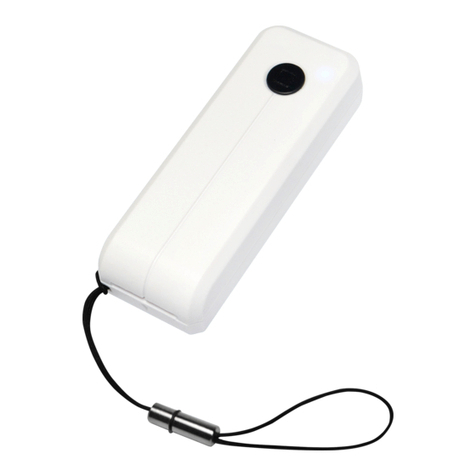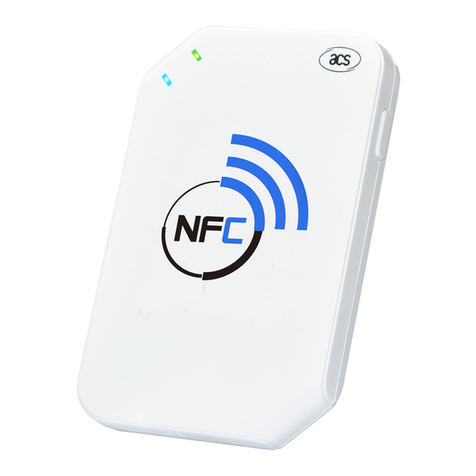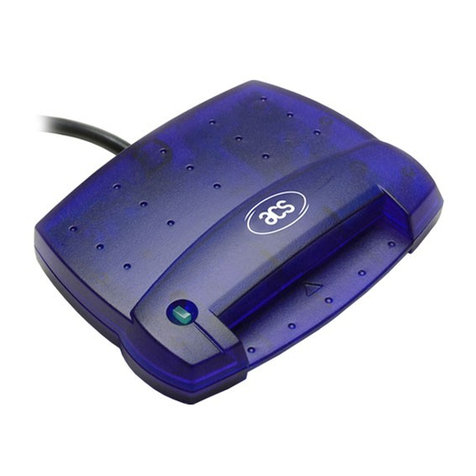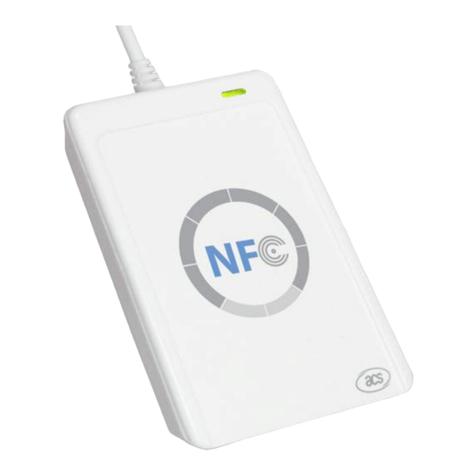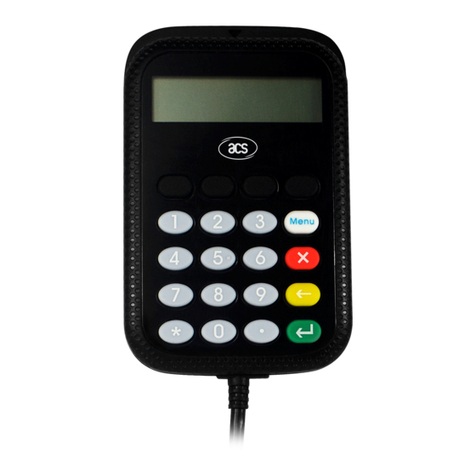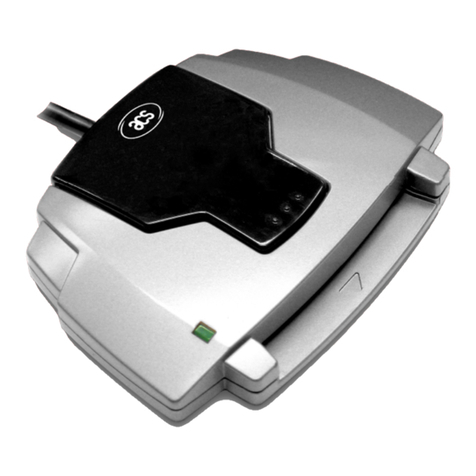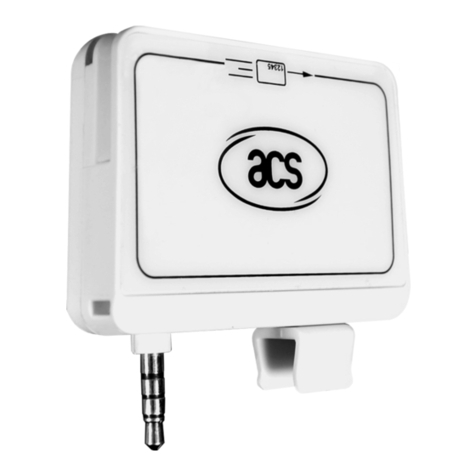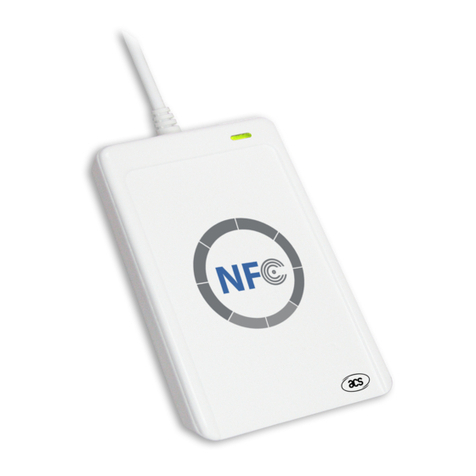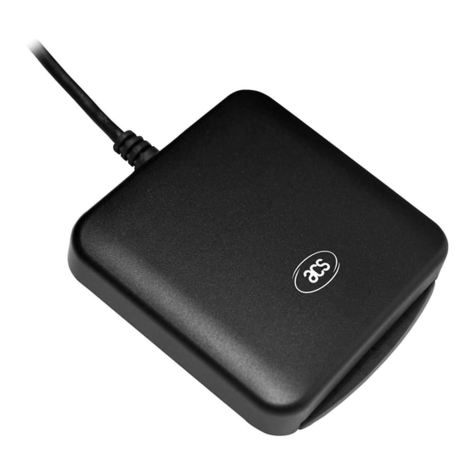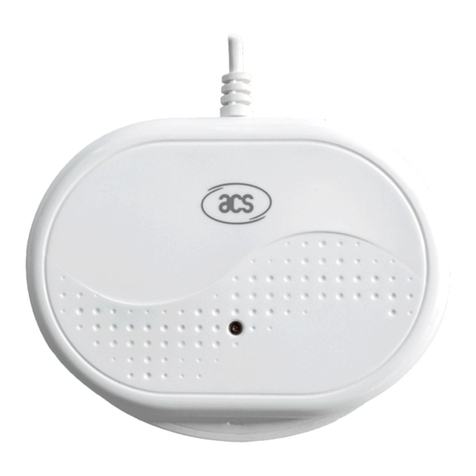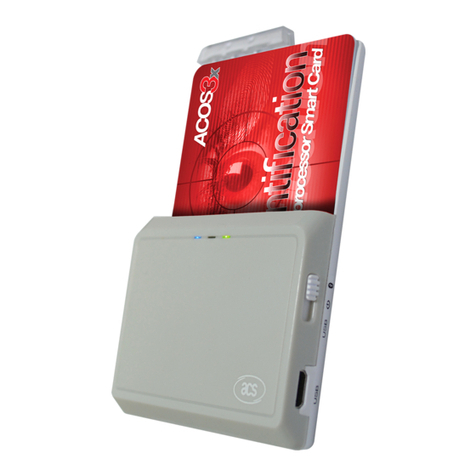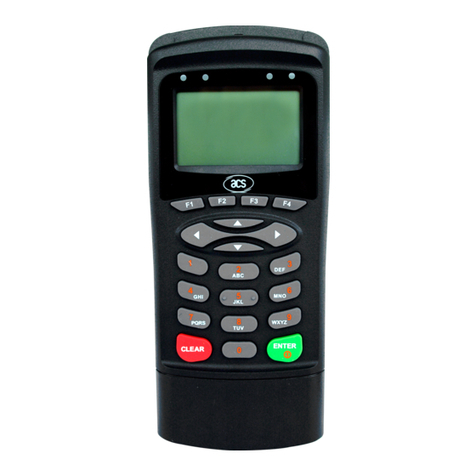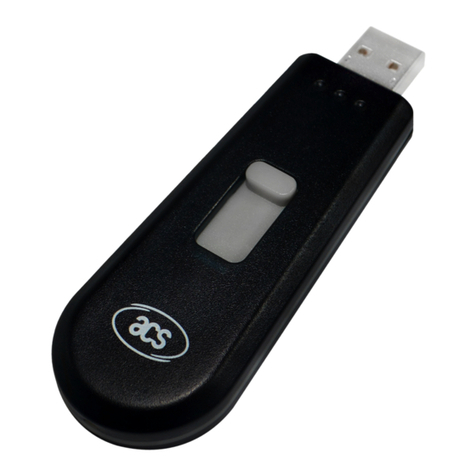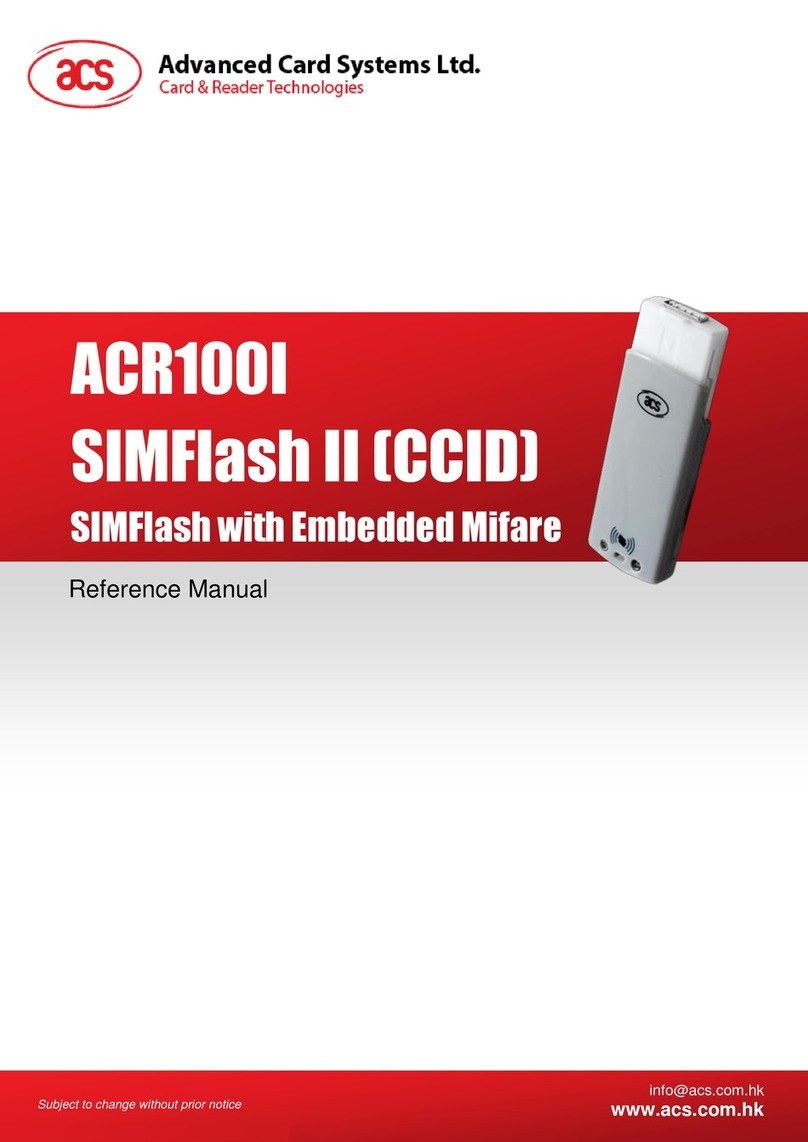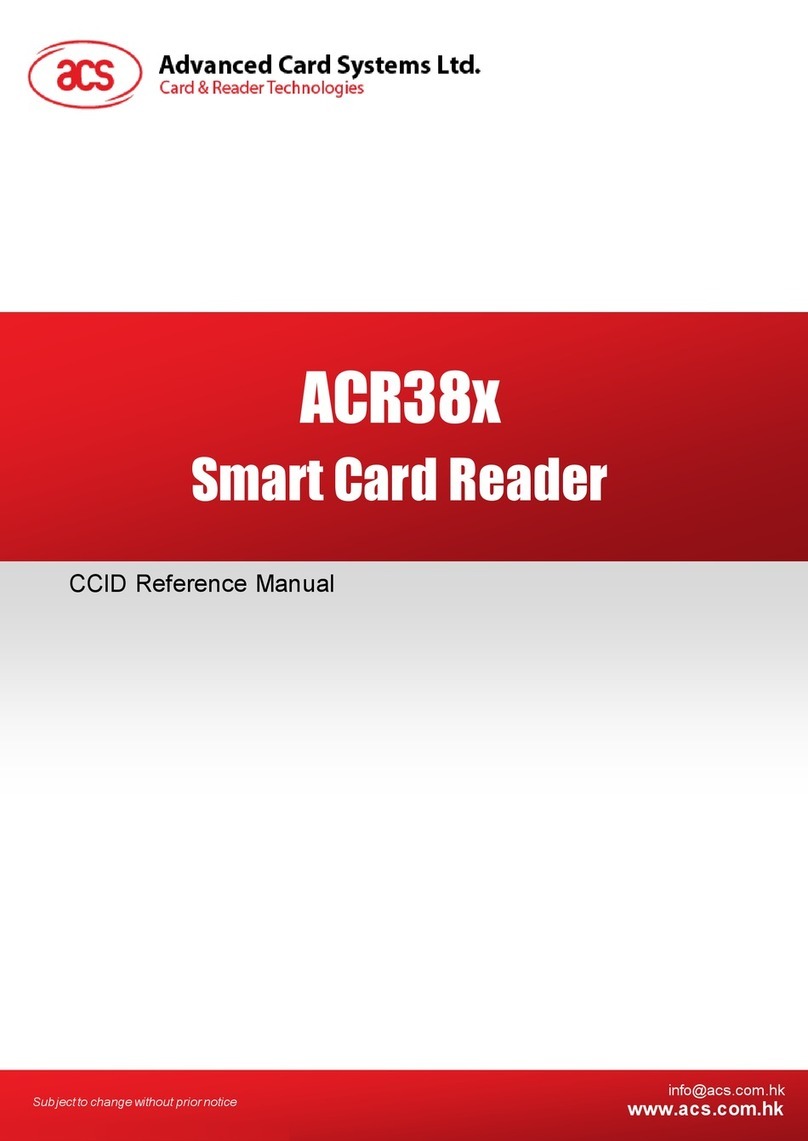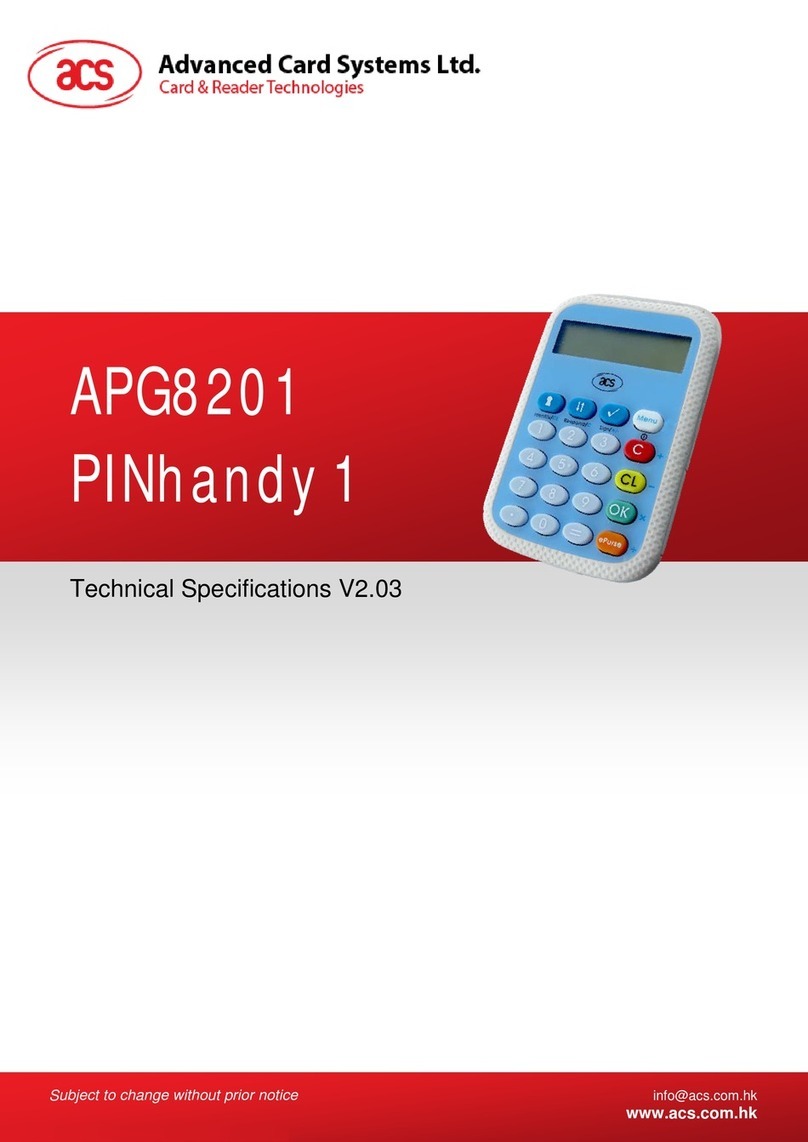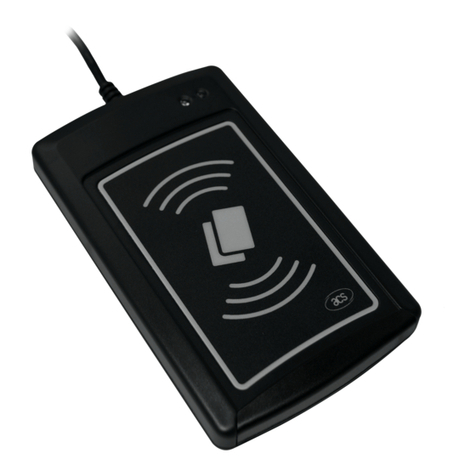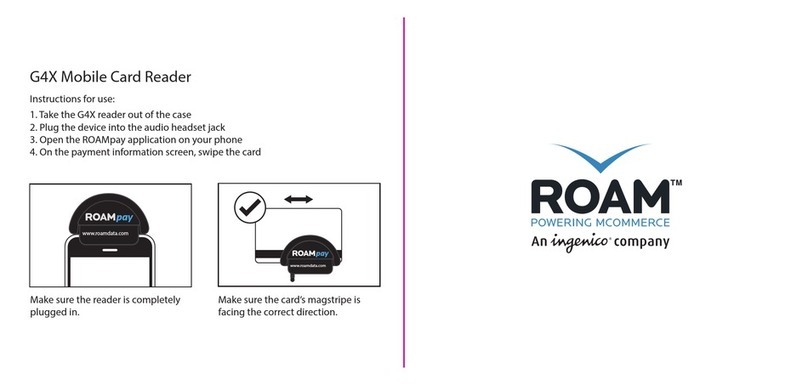Table of Contents
1.0. Introduction .............................................................................................................5
1.1. Reference Documents...........................................................................................................5
1.2. Symbols and Abbreviations ...................................................................................................5
2.0. Smart Card Support ................................................................................................6
2.1. MCU Cards............................................................................................................................6
2.2. Memory-based Smart Cards..................................................................................................6
3.0. System Block Diagram............................................................................................7
4.0. USB Interface...........................................................................................................8
4.1. Communication Parameters..................................................................................................8
4.2. Endpoints...............................................................................................................................8
5.0. User Interface ..........................................................................................................9
5.1. Status LED.............................................................................................................................9
5.2. Configurable push button (ACR40T-A7/8 only).....................................................................9
6.0. Smart Card Interface.............................................................................................10
6.1. Smart Card Power Supply VCC (C1) ..................................................................................10
6.2. Programming Voltage VPP (C6)..........................................................................................10
6.3. Card Type Selection ............................................................................................................10
6.4. Interface for Microcontroller-based Cards ...........................................................................10
7.0. USB Communication Protocol..............................................................................11
7.1. CCID Bulk-OUT Messages..................................................................................................12
7.1.1. PC_to_RDR_IccPowerOn...........................................................................................12
7.1.2. PC_to_RDR_IccPowerOff...........................................................................................12
7.1.3. PC_to_RDR_GetSlotStatus........................................................................................13
7.1.4. PC_to_RDR_XfrBlock.................................................................................................13
7.1.5. PC_to_RDR_GetParameters......................................................................................14
7.1.6. PC_to_RDR_ResetParameters ..................................................................................14
7.1.7. PC_to_RDR_SetParameters ......................................................................................15
7.2. CCID Bulk-IN Messages......................................................................................................17
7.2.1. RDR_to_PC_DataBlock..............................................................................................17
7.2.2. RDR_to_PC_SlotStatus..............................................................................................18
7.2.3. RDR_to_PC_Parameters............................................................................................18
8.0. Host Programming API .........................................................................................20
8.1. Peripherals Control..............................................................................................................20
8.1.1. Get Firmware Version Command ...............................................................................20
8.1.2. Get Card Voltage Selection Sequence.......................................................................20
8.1.3. Set Card Voltage Selection.........................................................................................21
8.1.4. Write Customer Data...................................................................................................22
8.1.5. Read Customer Data ..................................................................................................22
8.1.6. Change Customer PIN................................................................................................22
8.1.7. Select operation mode for push button.......................................................................22
8.1.8. Read the Status of push button ..................................................................................23
8.2. Memory Card Command Set...............................................................................................24
8.2.1. Memory Card –1, 2, 4, 8, and 16 kilobit I2C Card .....................................................24
8.2.2. Memory Card –32, 64, 128, 256, 512, and 1024 kilobit I2C Card .............................27
8.2.3. Memory Card –ATMEL AT88SC153..........................................................................30
8.2.4. Memory Card –ATMEL AT88C1608..........................................................................33
8.2.5. Memory Card –SLE4418/SLE4428/SLE5518/SLE5528............................................37
8.2.6. Memory Card –SLE4432/SLE4442/SLE5532/SLE5542............................................42






